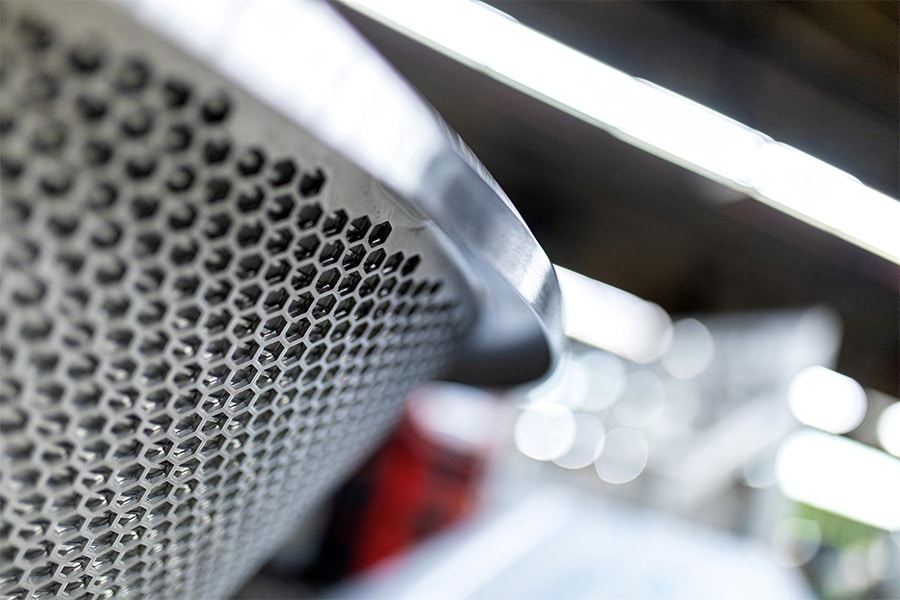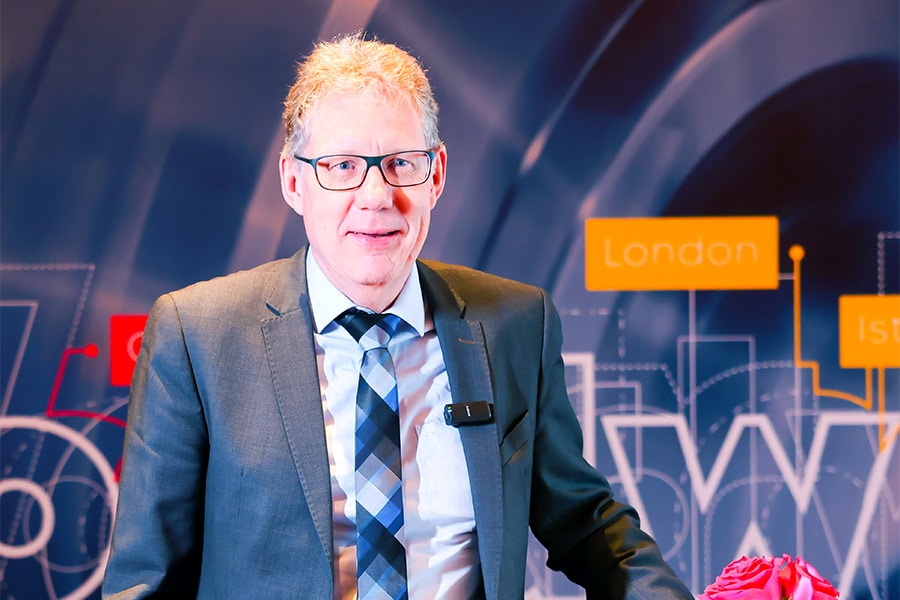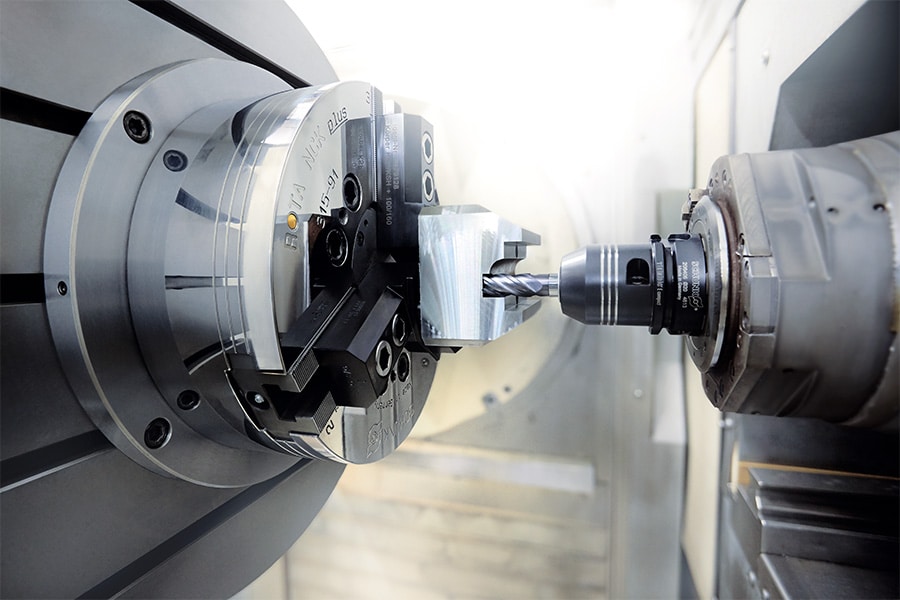
Donation of tools helps restoration project rise higher
A unique restoration project at Lelystad Airport where volunteers restore and build historic aircraft so they can fly again!
Since its founding in 1975, the Early Birds Foundation (Early Birds Foundation) has restored 27 different aircraft, including the famous Gipsy Moth and Mustang, in their workshop and museum at Lelystad Airport. Now they can fly again as a unique heritage at air shows and demonstrations.
Dressed in leather jackets and protected only by simple goggles and aviator caps, pioneers such as Anthony Fokker and Louis Bleriot conquered the world in the early 1920s.ecentury the skies. Their planes were skillfully made and composed of materials such as wood, linen and steel wire. In doing so, these "early birds" laid the foundation for our modern aviation.
Arie Bogaerds, of the Early Birds Foundation says, "The foundation was established when a group of friends managed to restore a historic rotary engine from the 1940s to good condition. After the success of this engine, more soon followed. Over the last 40 years, the collection has grown to 27 historic aircraft and many more engines. They are all of historical importance to the heritage of Dutch aviation. And because these "early birds" can now spread their wings again, the public can see the progress of aviation over the years with their own eyes.
In the late 1990s, the foundation was donated a conventional lathe and milling machine. This allowed the team of volunteers to now produce the new parts themselves for their restoration projects. Over the years, they have collected various machining tools that they can use, even if they are sometimes actually intended for non-conventional techniques.
One example is a used milling body for carbide change plates, with a completely worn away and unusable change plate seat. "Even though I could only fit three change plates and the cutter chipped very irregularly as a result, it was still a usable cutter for me," says Pim Pouw of the Early Birds Foundation. "When we started machining our own restoration parts, we only used HSS tools. Before you could start a simple job on the lathe, you had to grind the necessary clearance angles on your HSS toolbit. A time-consuming job, especially if you had to do it in your spare time!

"Also our first shank cutters were of HSS material, you had to be very careful with that with the feed and the cutting speed. But later I got my first solid carbide end mill, I guarded it carefully and stored it well, it was for the special jobs!"
To support this wonderful project, Dormer Pramet, manufacturer of machining tools, has donated a wide range of machining tools to the Foundation. These include drills, cutters and taps that can help this foundation with maintenance and repair work.
Pim added, "Fortunately, we now have some more professional machining tools to use. In simple operations like drilling holes, it is a huge difference whether you use a simple HSS drill bit or a split-point drill bit like Dormer's A002. The donation of Dormer Pramet's professional tools has helped us tremendously and saves us time when manufacturing parts for our experimental aircraft."
Gert de Vries of Dormer Pramet commented, "We are delighted to be able to donate these machining tools to the Early Birds Foundation. It is surprising and fantastic to see so many historic aircraft together in one place. It's special that they can get these planes back into such good condition so they can be flown again. This project with all its volunteers gives us all the opportunity to enjoy the history of these planes for many years to come."
For more information about the Early Birds Foundation, visit the website www.vroegevogels.org or follow them on Facebook - www.facebook.com/earlybirdsmuseum



